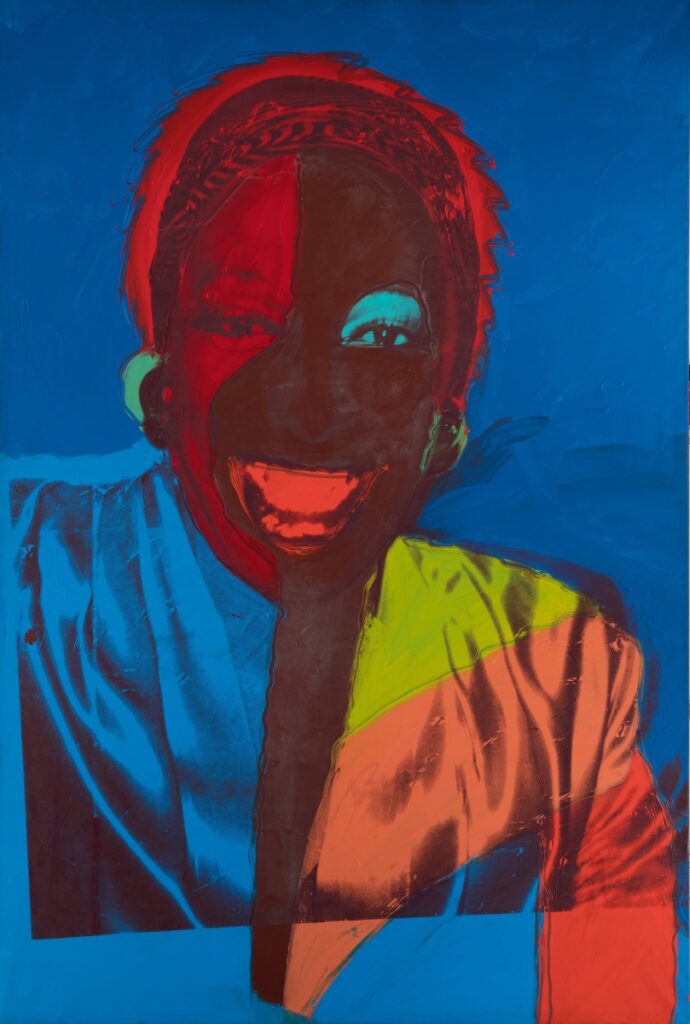Andy Warhol was paid nearly $1 million to produce a portrait series featuring Black and Latinx trans women and drag queens in 1975. What can this body of work tell us about the representation of transgender and racialized people in art?

What does it mean to be increasingly visible in a world that both celebrates and targets you based on your identity? In 1974, Italian art dealer Luciano Anselmino commissioned Andy Warhol for a new series of artworks, after the two spent an evening at a seedy New York nightclub named the Gilded Grape. Fascinated by the spectacle of what he perceived to be men crudely attempting to “pass” as women, Anselmino asked Warhol to create portraits of drag queens and trans women of colour. After much negotiation, Warhol agreed and sent three collaborators to scout New York’s queer nightlife and cruising spots for potential sitters.
The sitters, who did not initially know they would be photographed by Warhol, each received $50 per half-hour to pose, while one of Warhol’s recruiters, Corey Tippin, was paid $75. Warhol was paid $900,000 to produce 100 paintings and 10 prints, each in an edition of 100. In the end, he took over 500 photographs of 14 Black and Latinx drag queens and trans women, titled Ladies and Gentlemen (a series).
In conjunction with the major exhibition now open at the AGO, we hosted a virtual panel discussion to dive into the Ladies and Gentlemen series and its many implications. Artist and activist Ravyn Wngz and art historian Kirstin Ringelberg were joined in conversation by AGO Curator Kenneth Brummel and Interpretive Planner Gillian McIntyre, linked HERE (via AGOinsider)